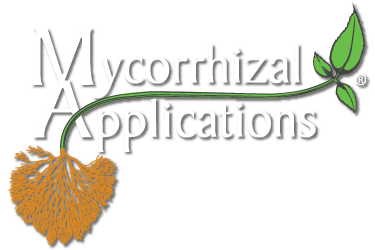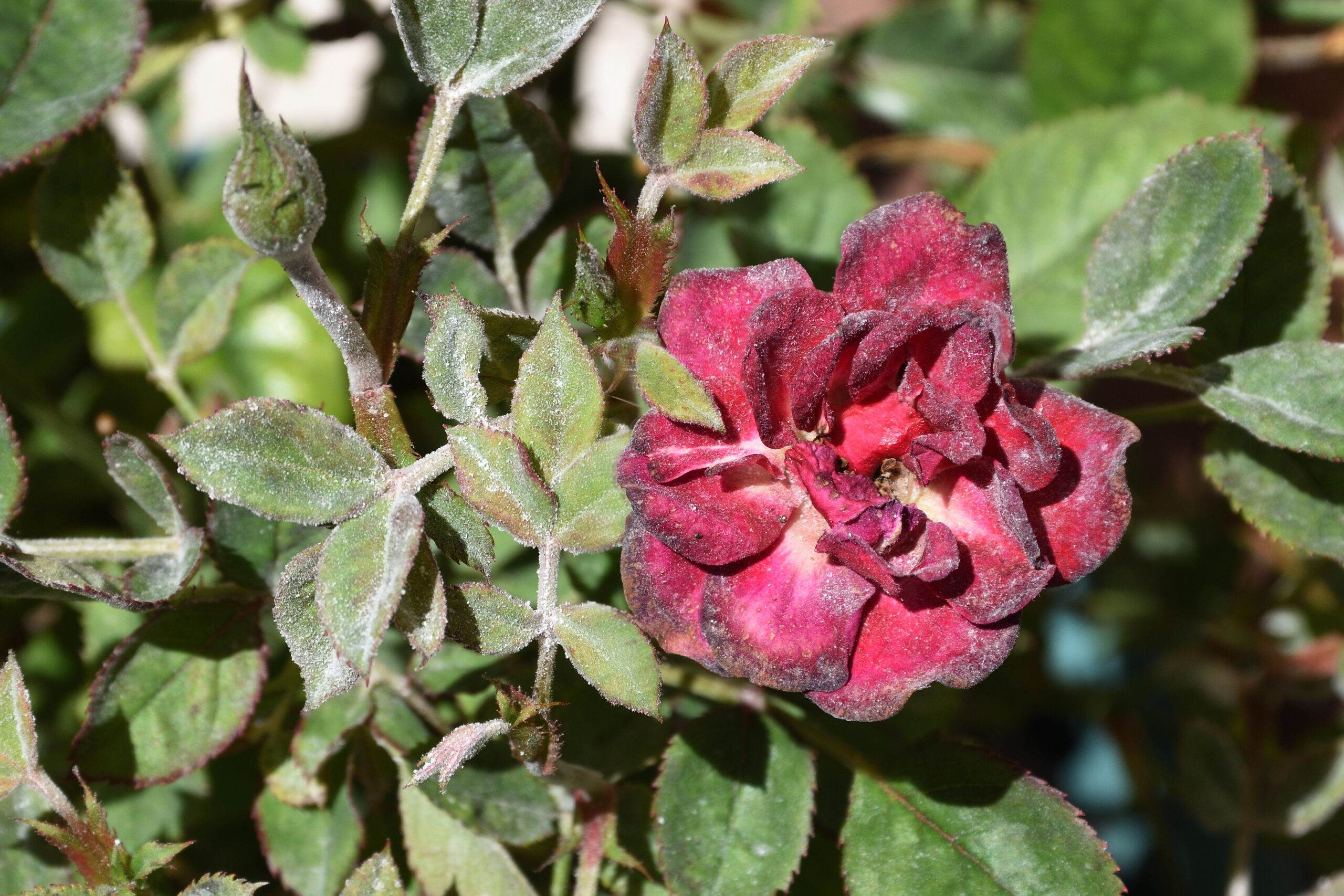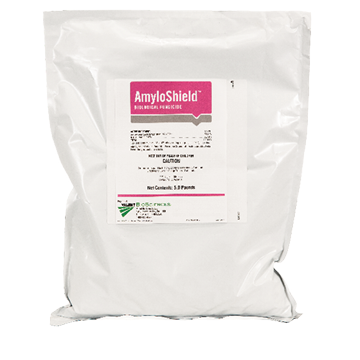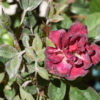The key to the successful use of bacillus biopesticides, and others, for disease suppression and promotion of plant health, is to utilize products as part of an integrated pest management program (IPM). This approach includes exposing pathogens to multiple modes of action (by alternating FRAC codes) to reduce the risk of pathogens developing resistance. This can be achieved by rotation or tank mixing biopesticides with chemical pesticides.
The Misconception
One misconception is that microbial-based biopesticides are not compatible with chemical fungicides, but many products can be used in disease management programs alongside conventional products – however, compatibility varies by biocontrol agent Genus. Bacillus biopesticides are excellent options for IPM programs as they reduce disease via unique modes of action and they have a low risk of resistance problems. Thus, they are excellent tools for keeping chemical fungicides in the tool kit.
Tank Mixing
Tank mixing is a common practice in which agrochemicals are combined in the spray tank shortly before application so that products can be jointly applied. This combination offers several advantages:
- Reducing preparation time
- Reducing water used to prepare spray solutions
- Fewer applications to the crop
However, not all products can be mixed due to incompatibility, so tank mixtures need to be carefully designed.
Designing a Tank Mix Combo with Bacillus
Many biopesticide products on the market contain metabolites and/or endospores of beneficial bacteria in the genus Bacillus. Species of Bacillus are particularly useful due to their ability to colonize plant tissues, promote plant growth, activate plant defense, and suppress the activity of plant pathogens. Additionally, the formation of stress-resistance endospores makes this class of biocontrol agents particularly useful for large-scale production of products with suitable shelf-life and pesticide compatibility. Bacillus endospores are a dormant cell type that contains a thick shell or coat. The spore coat serves as a protective armor, but it also has enzymatic activity, providing bioactive properties.
The Key Takeaways
Due to the formation of the endospore, Bacillus biopesticides are compatible with many fungicides, copper bactericides, and antibiotics, BUT claims vary by species and formulation. In fact, the combination of Bacillus amyloliquefaciens and flowable liquid copper is synergistic, providing better results when combined than applied alone. Another factor to consider is if the product is based on living bacteria or metabolites. In many cases, the antimicrobial metabolites in Bacillus-based products are compatible with chemical pesticides.
To ensure compatibility, it is critical to carefully read the product labels and compatibility charts provided by the manufacturer. Do not mix biopesticides with conventional products without checking with the manufacturer.
Ask Your Questions
Mycorrhizal Applications is the master distributor for many biological products that can be tank mixed. This includes our unique, bacillus-based product, AmyloShield. AmyloShield is a sustainable biofungicide that provides consistent control and suppression of a broad spectrum of fungal diseases. If you have any questions about tank mixing at your operation, contact our team.
Article Resources
- Cloyd and Chase. How to integrate biopesticides and manage resistance. Greenhouse Management. https://www.greenhousemag.com/article/pests-and-diseases-how-to-integrate-biopesticides-and-manage-resistance/
- Ouellet, K. Are biocontrols at risk for resistance? Greenhouse Product news. https://gpnmag.com/article/are-biocontrols-at-risk-for-resistance/
- Chase, A. Bacillus-based biopestcides. Grower Talks. https://www.growertalks.com/Article/?articleid=26760#:~:text=A.R.%20Chase,of%20Bacillus%20subtilis%20or%20B
Written by Anissa Poleatewich, Mycorrhizal Applications, Sr Manager Product Development, anissa.poleatewich@mycorrhizae.com, February 6, 2025








